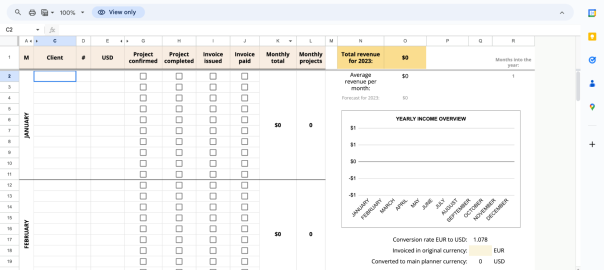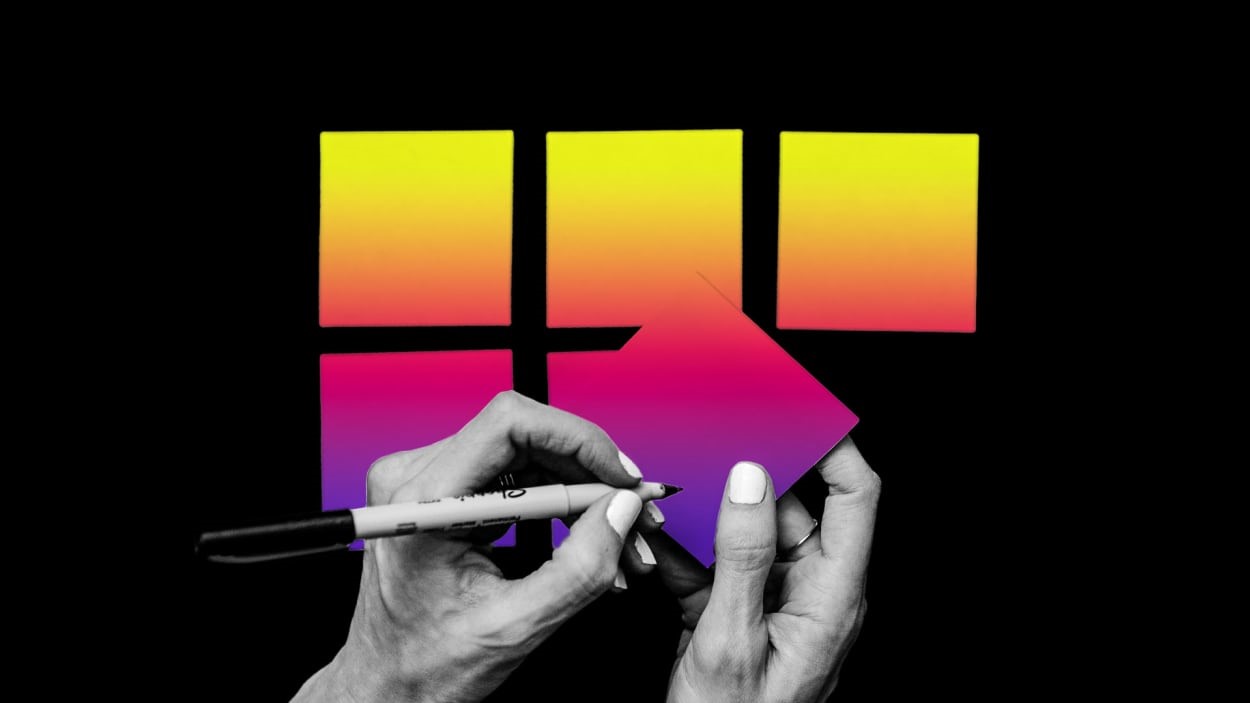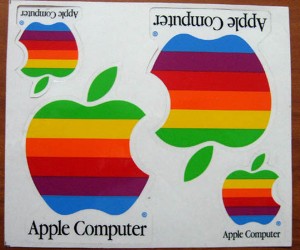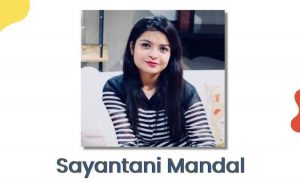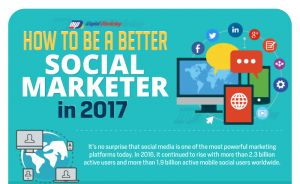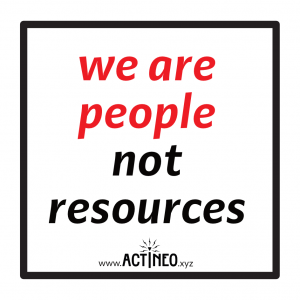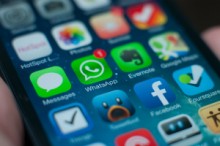By Zapier
Call it what you want—sustainable productivity, intentional living, healthy productivity: all of us want to be productive without burning ourselves out. But earlier this year, I was stuck in a pendulum swing between hustle culture and vilifying productivity. On the glorifying busyness side, I “utilized” every minute, and on the other end of the spectrum, I scorned efficiency.
Soon enough, I realized there had to be a sweet spot—a place where I could enjoy the work that I did and find time for myself outside of the office, consistently. It sounded the best. I set five principles for myself to achieve this lifestyle, and I’ll share them with you in this article. Some of them are actionable steps you can begin right away. Others are mindset shifts that’ll require some time and self-awareness to embody.
Before you read ahead, please note that I’m a freelance writer. This means I have more control over my days and work than a traditional in-house employee. Nevertheless, you can apply these principles to both work types as long as you work in a healthy workspace with enough autonomy and independence.
1. Stop demonizing procrastination
For years, I knew I was a big procrastinator, and I hated it about myself. All I wanted to do was to stop loafing around and spend all my time doing worthwhile tasks on my to-do list. More than a work problem, procrastination was an emotional problem. I tied my self-worth to my inability to check off all the items on my to-do list. Whenever I spent time reading instead of answering emails, my inner critic screamed at me to get it together.
But—surprise!—turns out my life’s sole purpose isn’t just to get things done. Some of my best moments have come while I was procrastinating. I enjoy sitting by the windowsill, reading, listening to music, and sharing conversations with my friends.
Instead of focusing on time wasted, I started thinking about the friction points between me and the task I wanted to do. Why am I not willing to do the job? Is it not fun? Is it difficult and daunting? Am I just too tired to focus?
Shifting the focus from reprimanding myself for procrastinating to asking myself why I was delaying something in the first place was an instant game changer. It not only made starting overwhelming tasks easier but also made my procrastination activities more fun and less guilt-inducing.
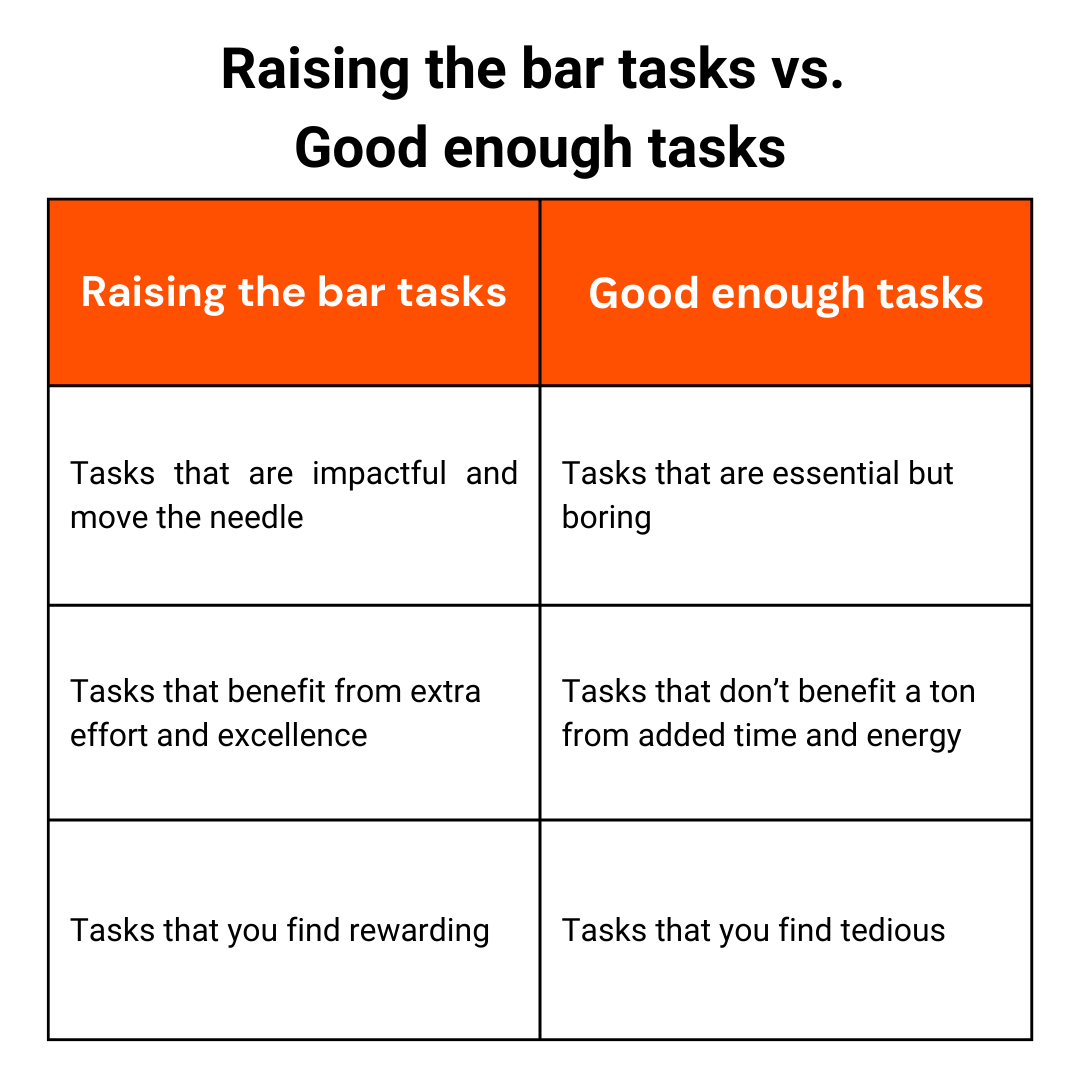
Productivity alone isn’t the point. It’s the means to having a fulfilling life.
2. Divide your tasks into “raise the bar” and “good enough”
All of us have a mix of essential-but-tedious and impactful tasks on our to-do list. In an ideal world, we’d spend all our time finishing items that move the needle and hand over the boring tasks to AI and automation. But we aren’t totally there yet.
For me, writing was the most important task. It’s the core service I get paid for, and it’s fun and rewarding for me. Here, I continually strive for excellence. There’s no settling. Every writing project will have 100% of my energy, drive, and focus.
But answering emails and maintaining a social presence were essential and boring tasks. I didn’t want them to suck up my writing energy and time. Here, I decided good enough is good enough. Instead of replying to emails immediately like before, I decided to check my email once a day or once every two days. I showed up on social media when I felt like it and didn’t spend much time crafting the best post; I just posted what came to me quickly.
Maybe slow email responses aren’t possible for you in your role. I still bet there are some tasks that you could do with less perfection and suffer no negative business consequences. In my case, no one cared if I replied to an email a day late. No one noticed I rarely showed up on social media anymore. But the energy I saved was immediately noticeable. I had more time to write, and I wrapped up work early.
Do this today: run through your to-do list and see which items fall under the “raise the bar” bucket and which jobs will be just fine with “good enough.”
3. Fill your leisure time with a combination of active and passive rest
After finishing my work for the day, I usually did a few chores and watched something on Netflix. It was relaxing, but I felt deprived of creative energy after working hours. The problem was all the rest I practiced was passive. I was still thinking about work subconsciously while doing laundry, making dinner, and bingeing Modern Family.
I needed a form of rest that’d get me out of my own head (and the Google Doc in my head). So, I experimented with putting more activities in my calendar after work—a workout, an escape room session with friends, an engrossing book, or an interesting podcast. I knew I was taking better breaks because I felt more rejuvenated and recharged from these activities than I did while doomscrolling.
This isn’t advice to put televisions and passive forms of rest in the bin. They have their place. It’s a suggestion to add other forms of active play in your leisure time, so you get the benefits of both.
4. Take on less work than you think you can do
This year, I purchased a project planner to help me determine my capacity for the month. I wanted to know how much money I was making and how many projects I had taken on. After a few months of trial and error, I found my ideal numbers. I didn’t take on more than nine writing projects a month for the rest of the year, and it’s the smoothest my work life has been.
If you’re new at determining how much work you can realistically do, start by getting a time tracking app. Monitor how long each task takes you over a few months. It’ll also help to keep a log of the week—jotting down when you felt overworked and when you felt the tasks were optimum to your capacity.
Over a few weeks, you’ll start to get a hang of how long a task takes you to complete, and you’ll budget for it accordingly in the future. I’d still advise taking this data’s median or average and giving yourself some wiggle room. Humans don’t function at the same capacity every single day. You might’ve had a good night’s sleep, a solid breakfast, and a joyful mood the day you tracked a task. It’ll probably take you longer on a bad day. If you think you can take on nine projects, take eight.
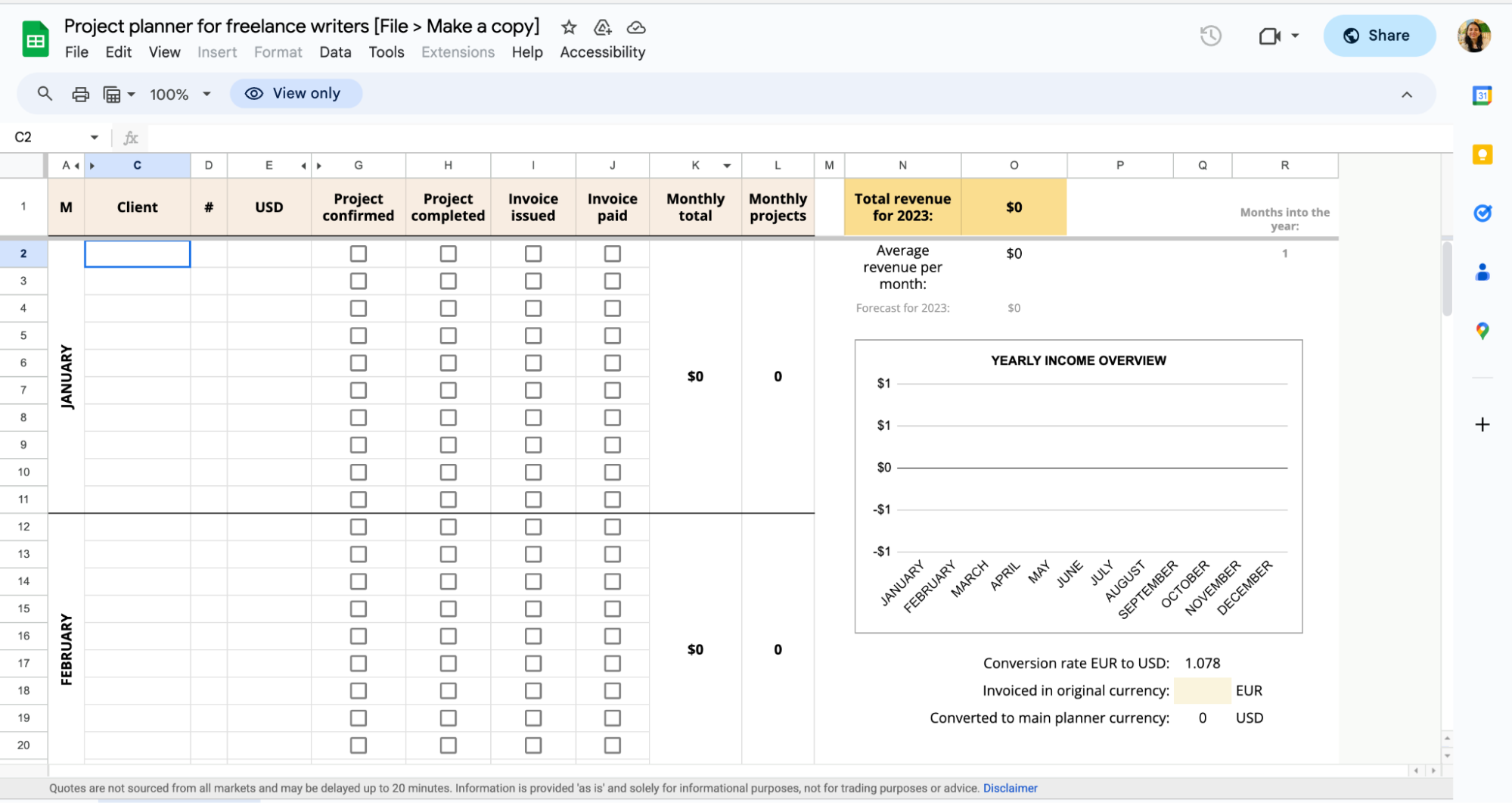
Maintaining a realistic workload is also often about communicating with your team. For example, if you’re feeling overwhelmed about how much you have to do, you may need to talk to your manager, say no to new projects, or ask your coworkers for help. The time tracking data will help you communicate your bandwidth more clearly and prioritize the most impactful projects.
5. Embrace flexibility in your schedule
I’m convinced there are more people like me who can’t function happily on a schedule. I like my days to be different every day. This means frontloading my weeks (i.e., doing most of my work on Mondays and Tuesdays), exercising at different times, and starting work a little later on cozy days. Instead of forcing myself to align with the ideal “productive” schedule, I decided to accept my tendencies and work with them.
So, some days, I follow the fun and work late into the night. Other days, I snuggle in the blanket and read. The rules are my own creation—thus, they are also bendable to my whims. I know this isn’t possible in every work environment. But many companies—like Zapier—that encourage remote and independent working also offer this flexibility generously.
If nothing else, you can still give yourself grace by logging in a little late on some days or shutting your laptop later than you usually do on others.
I still strive to have stricter working hours, but I’ve also made peace with the fact that there’s no freedom from the constraints of being human. I might have the perfect day on Monday and feel sluggish the day after. A huge repair in the house might mean I need to work at night for a few days. These events aren’t my personal failures. They’re just the reality of being a human.
Sustainable productivity is a personal journey
Productivity is all about personalization. What works for me may not work for you. What works for you now may not work for you later. It’s crucial to find your work style and match it to a productivity system that works best for you.
Take the principles that fit your life, and give yourself time to adjust. And be sure to automate any tasks you can to help you reach the goal of sustainable productivity.
—Rochi Zalani for Zapier
This article originally appeared on Zapier’s blog and is reprinted with permission.
(4)
